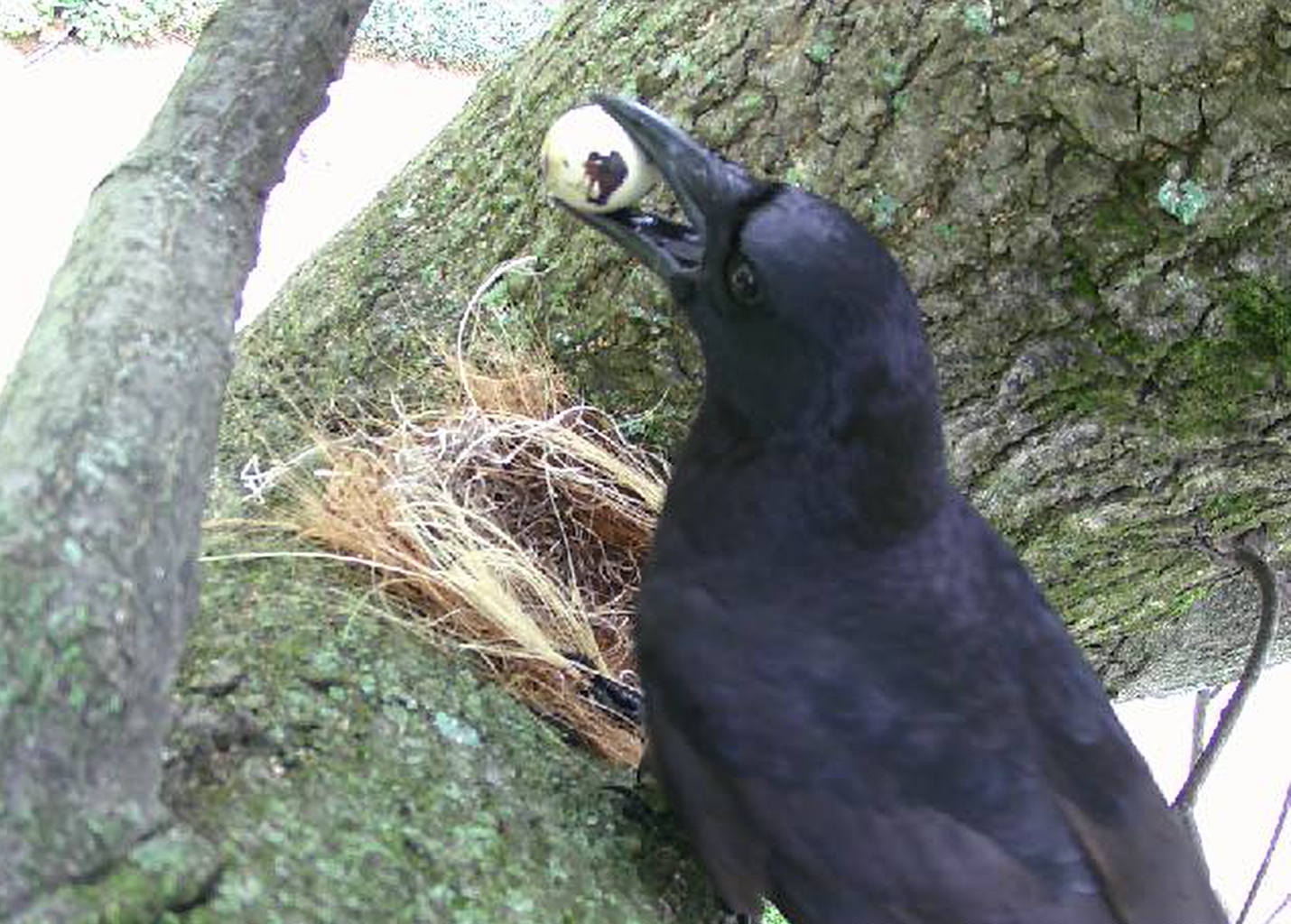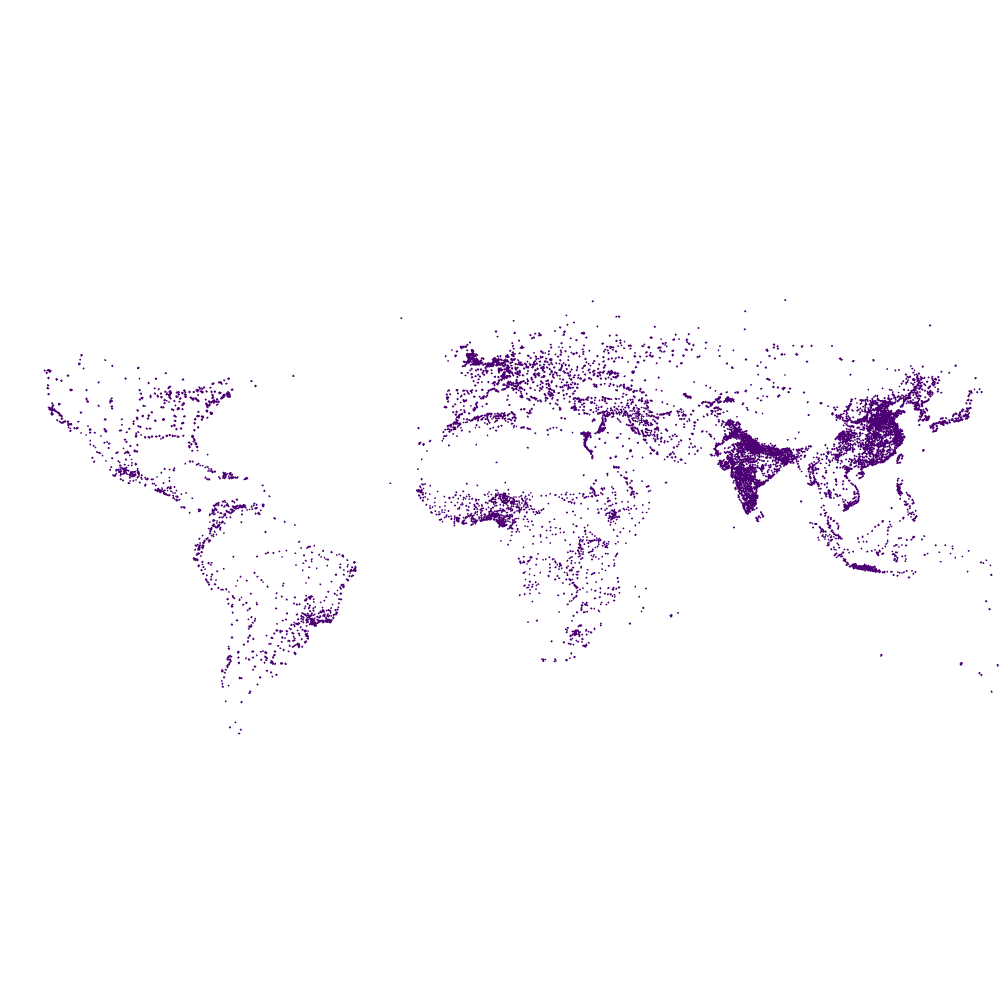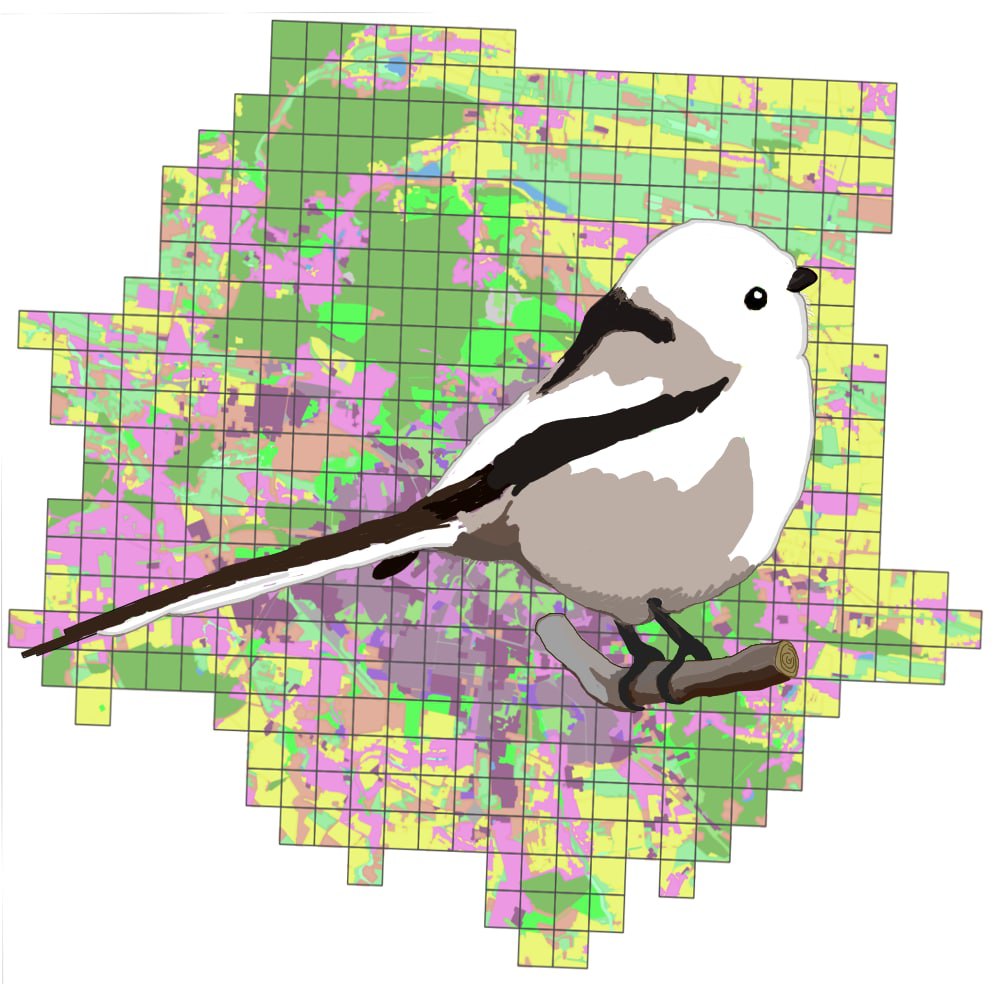Publications
2024
Dubovyk, O and Walters, EL. (2024). The influence of time-of-day on estimates of taxonomic versus functional diversity in avian communities. Bird Study 71 (1):98–102. DOI
2021
Shydlovskyy, I, Dubovyk, O, Hrynyuk, P, Zahorodnyi, I, and Matejchyk, V. (2021). Avifauna of meadow ecosystems in borderland areas of Lviv and Volyn Oblasts. Geo&Bio 20. [In Ukrainian]:117–134. DOI PDF
Zahorodnyi, I, Dubovyk, O, Komarnytskyi, I, and Dykyy, I. (2021). Diet of Long-eared Owl and Common Kestrel in an urban landscape (Ukraine). Ornis Hungarica 29:108–119. DOI PDF
2020
Bokotey, A, Dzyubenko, N, and Dubovyk, O. (2020). Representativeness and conservation of bird fauna in the Regional Landscape Park “Stilske Gorbogiria”. Proceedings of the Forestry Academy of Sciences of Ukraine. In Ukrainian:45–56. DOI PDF
Dubovyk, O, Bokotey, A, Pokrytiuk, L, Bodnar, V, Strus, I, and Ruchko, O. (2020). Autumn migration of birds over Polonyna Borzhava (Ukrainian Carpathians). Zoodiversity 54:43–52. DOI PDF
Dubovyk, O, Kuzyo, H, and Bokotey, A. (2020). Density variation in “rare” breeding birds in native forests and urban parks. Geo&Bio 2020:20–31. DOI PDF
2019
Dubovyk, O. (2019). Annual dynamics of bird communities in urban parks in Lviv, Ukraine: preliminary analysis of diversity and composition variability. Studia Biologica 13:79–98. DOI PDF
Dubovyk, O and Stephanyshyn, R. (2019). The observation of the Eurasian Dotterel (Eudromias morinellus) in Chornogora mountain ridge (the Ukrainian Carpathians). Berkut 28:50–51. PDF









